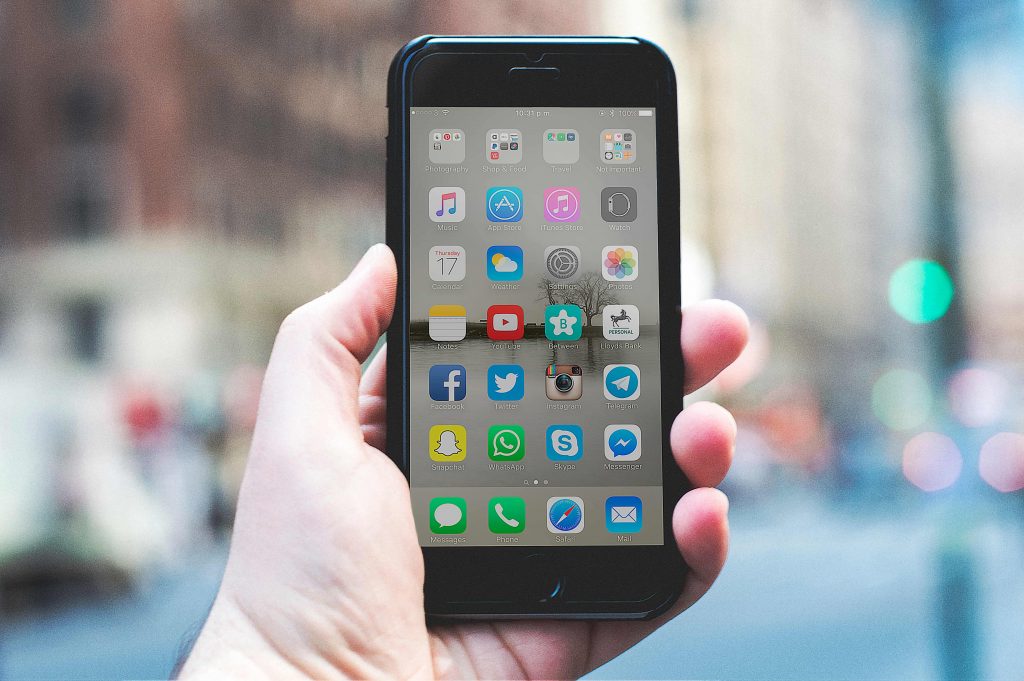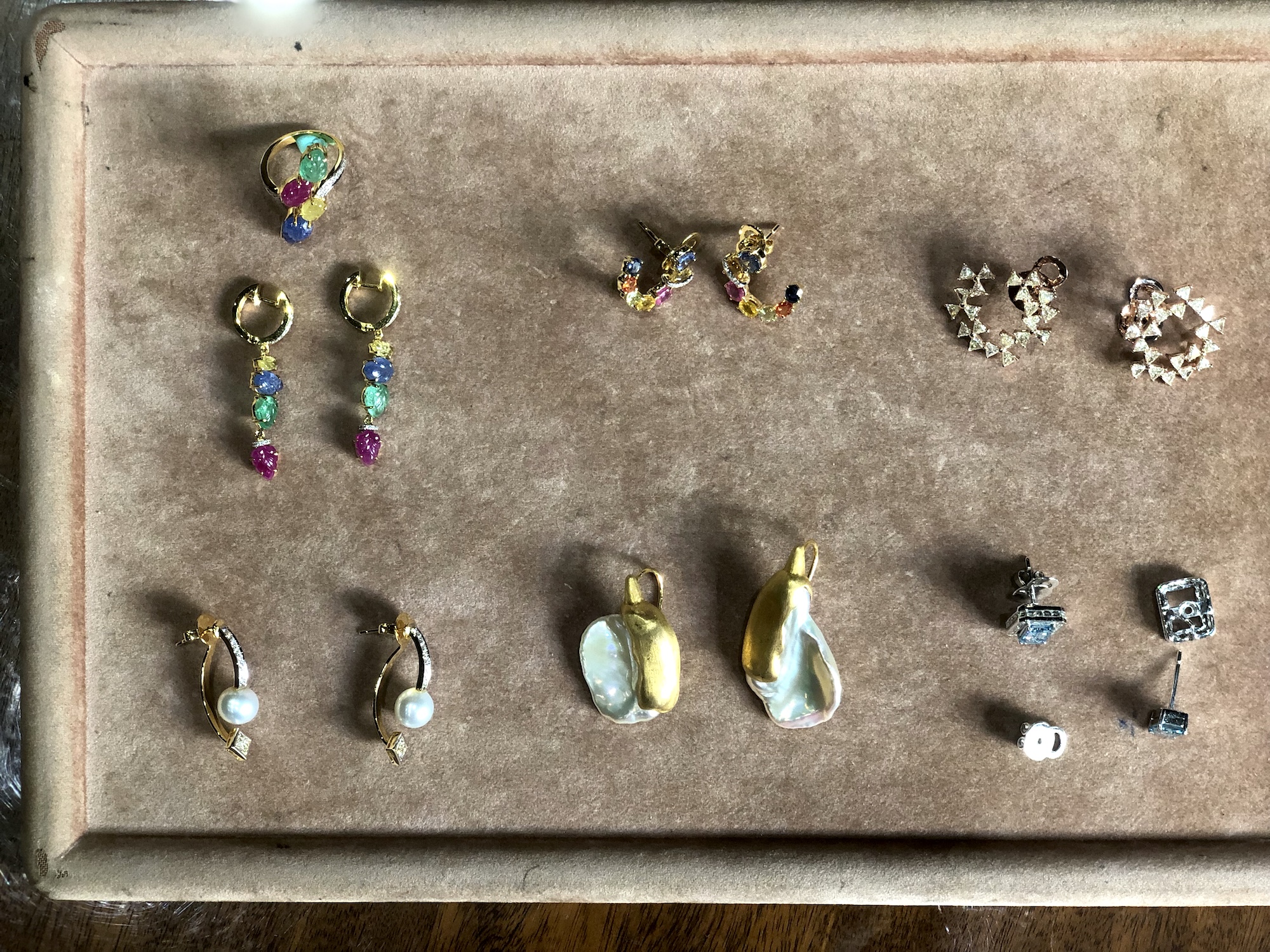We’ve all heard it before: our collective carbon footprint has gone through the roof, and we need to act now if we want to save our planet. We’ve changed our habits and bought sustainably grown food products, reduced our water usage, and properly disposed of our garbage. Global warming is beyond debate. Taking a quick stroll outside exposes us to blistering heat. What else can we do beyond the usual “reduce, reuse, and recycle”?

Change your household cleaners
Household cleaners may leave your surfaces shiny, but may actually have side effects contrary to their purpose. Some cleaners have chemicals that expose you to asthma and allergies, and can be detrimental to your health. Use ketchup on copper and brass cookware, uncooked rice to clean the inside of a vase, and a pot of hot tea for your rusty garden tools.
Use bar soaps instead of liquid soaps
Liquid soaps require five times more energy to make and nearly 20 times more energy to package compared to bar soaps. And under keen observation, we actually use more liquid soap than bar soap when hand washing. What more in the shower? Simply avoid purchasing liquid soap. Stick with bar soaps for washing up.

Insulate your home
If redoing your insulation isn’t in your budget, try using thermal shades on your windows and draft guards on your doors. Weatherproof your home by checking for gaps in your roof, floorboards, and walls. Insulating and weatherproofing your home increases airflow and reduces energy consumption by 20 to 30 percent.
Mindful mobile usage
Every time you check your phone, send a text, or place a call, the device uses up energy and emits carbon dioxide. Conserve energy without compromising functionality. Try adjusting the brightness of your mobile devices and reduce usage. Did you know that you can save two-thirds of power by transmitting a call over landline than on mobile? Also, sending a text emits less carbon than placing calls.

BYOM (Bring your own mug)
Bring your own travel mug with you to reduce your carbon footprint during coffee breaks. Each paper cup, including production and shipping, amounts to 0.11 kilograms of carbon dioxide. When you put coffee in your mug, that’s one more paper or plastic coffee cup that doesn’t go to the recycling bin or the trash bag.













































